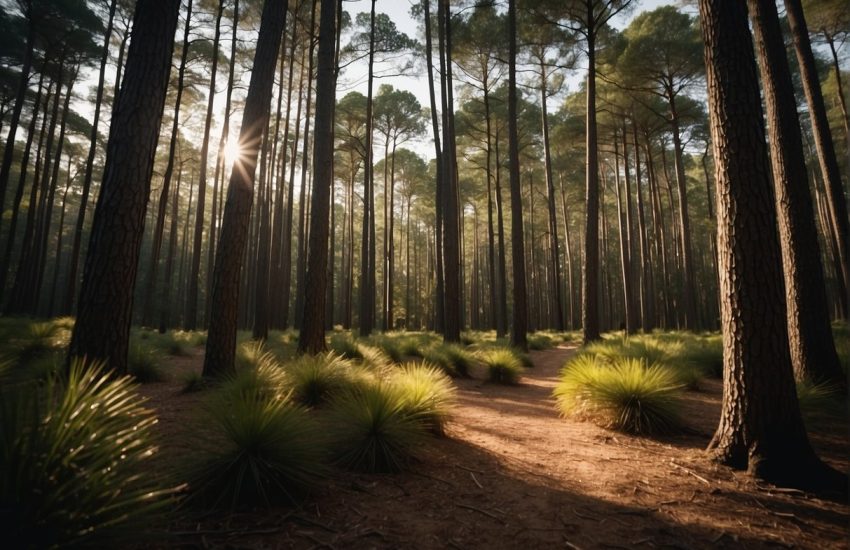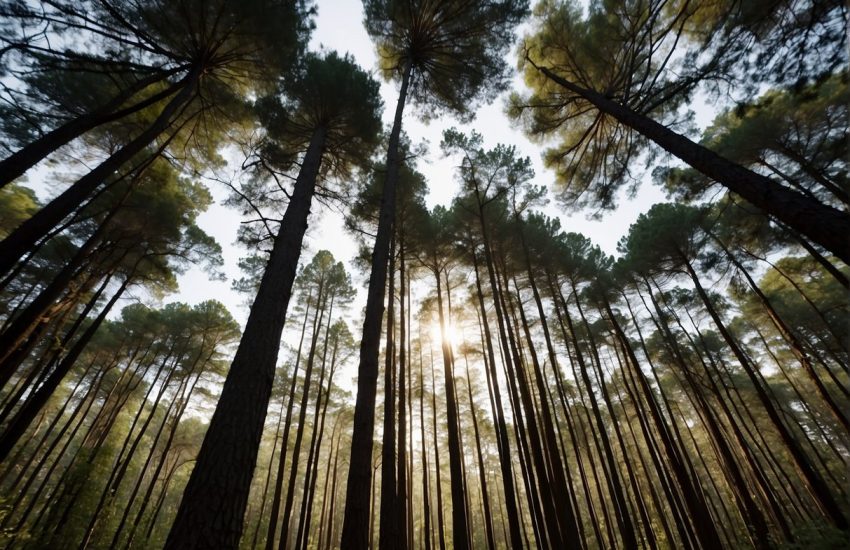10 Evergreen Trees to Grow in Indiana
Evergreens are an excellent addition to any landscape design, especially in regions with chilly, dismal winters. Much of Indiana is categorized as zones 5 and 6 on the USDA Plant Hardiness Zone map. Although there isn't a lot of snow and cold throughout the winters, there is still enough to make the landscape look dreary and muddy. To offset the effects of Indiana winters, evergreens add life and color.
Best Evergreen Trees to Grow in Indiana
In the state of Indiana, you can find several different varieties of evergreen trees. The White Pine, Hemlock, and Eastern Red Cedar are the most well-liked and well-known species. Conifer trees, often known as evergreen trees, never lose their leaves. They continue to be covered in vibrant, unfading greenery. As their name implies, they are "always green." There are a few exceptions to the rule that conifer trees are mostly evergreens.
1. American Arborvitae
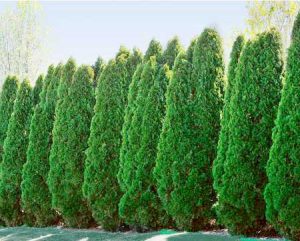
American arborvitae, a native of the eastern United States, flourishes in Indiana. The needled evergreen grows up to 60 feet tall in the wild, but in the home landscape, it stays between 20 and 30 feet tall, which is more manageable. The American arborvitae, or eastern or northern white cedar, grows pyramidal. Full sun to some shade is ideal for the tree's growth. Although it can grow in various soil types, it does best in well-drained loam and struggles in dry circumstances. A tree is a fantastic option because it requires less maintenance. Watch out for
bagworms, leaf blight, and severe ice or snow damage, to name a few.
2. Marginal Wood Fern
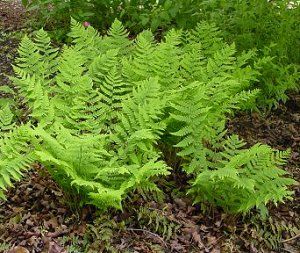
In the wooded areas of North America, the marginal wood fern naturally flourishes. The color of the greenish-gray fronds persists into the winter, providing appeal to shaded areas. The fern can grow 2 feet tall and wide and has an erect habit. The marginal wood fern needs good soil and partial to complete shade. A tree is a great option for an Indiana landscape because it is simple to manage and has few issues with insects and disease. Plant it with other shade-loving plants in clusters or as a specimen.
3. Wintergreen

Wintergreen is a good choice for an evergreen ground cover (Gaultheria procumbens). The plant, also indigenous to eastern North America, grows as mats that are barely 6 inches high and 1 foot wide. Early-summer white blooms turn into long-lasting, brilliant red berries. Wintergreen, the aroma that bears the plant's name, fills the air with fragrance. In the fall, the broadleaf evergreen leaves change from dark green to purple tones. Wintergreen needs good soil that drains well and fulls to partial shade. Watch out for aphids and powdery mildew, among
other things.
4. American Holly
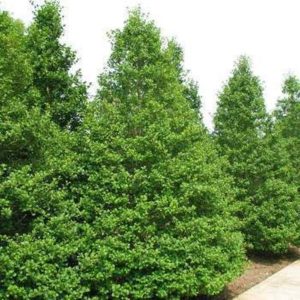
Another broadleaf evergreen endemic to the eastern and central United States is the American holly, which can reach heights of 30 feet. By pruning and trimming, you may keep the home landscape at smaller sizes. In May, white flowers start to bloom. To produce berries, the female plant needs a male within 200 feet. The berries create a lovely contrast with the green, spiky leaves, adding a splash of color to the winter landscape of Indiana. The American holly requires both full sun and light shade. It thrives in a variety of soils with good drainage. Viruses and insects that feed on leaves may affect the plant.
5. Juniperus virginiana
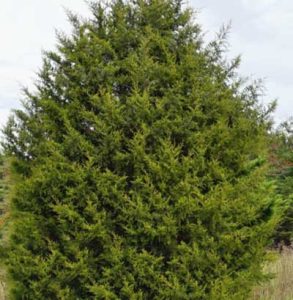
One of the strongest evergreens is Juniperus virginiana, a native of Indiana. As long as the soil is not persistently damp, it does best in full sun and can tolerate almost any type of soil. It can withstand drought, deer, black walnut, and air pollution. It also has deer resistance. The eastern red cedar has endured. Unlike most evergreens, it can tolerate drier and hotter conditions. It is a pioneer species and was among the first to settle in a meadow and begin the transition to a forest. It is also simple to reseed. In any garden that has one, seedlings are frequently dispersed all over the place. However, it is not invasive, and seedlings can be easily
removed.
6. Chamaecyparis Psifiera (False cypress; Sawara cypress)
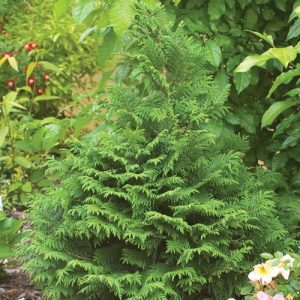
The branches have small overlapping scales rather than needles like a pine tree. Their size as shrubs or small trees, which makes them an excellent fit for confined settings, is reflected in the genus Chamaecyparis. The Sawara Cypress enjoys partial shade but may also withstand full sun. It requires minimal trimming and secondary care in ordinary, well-drained soil.
7. Taxus x media (Yew Hybrids)
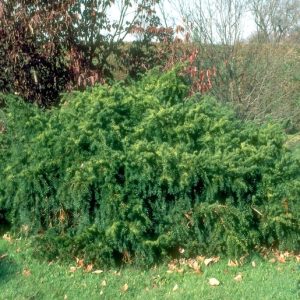
Taxus x media is a hybrid of the Japanese and English yews (Taxus baccata) (Taxus cuspidata). The resulting hybrid shrubs are attractive, hardy, and winter-resistant. Part shade is preferable to full sun for Taxus x media. One of the very few evergreens can endure intense shade, albeit with less dense growth. It prefers medium soil and is drought-resistant. Planting it in wet areas will cause it to die. Therefore, avoid doing so.
You'll need both male and female plants of this needled evergreen to get the fruit, which is bright red. Birds adore these fruits, which are essentially modified cones rather than berries. Humans are poisoned by the yew in all of its parts.
8. White Pine
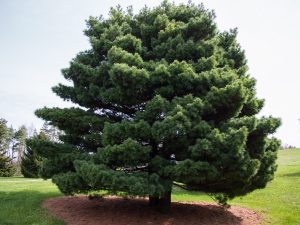
Pinus strobus, often known as the Eastern White Pine, is a canopy tree that can reach heights of up to 100 feet. They stand out from other evergreen species thanks to their horizontal, tiered branches. A fresh row of branches emerges every year. Its needles are blue-green and form fluffy tufts as they grow. They can be found not just in most communities in Indiana but also in the Northeastern United States.
9. Hemlocks

Hemlocks, or Tsuga Canadensis as it is known scientifically, are pyramidal conifers. Long, branching, fluffy, dark-green pine needles with a silvery underside cover the long limbs of these trees. They have a maximum height of 40 feet. In urban and suburban regions, they are frequently cut into hedges.
10. Blue Arrow Juniper
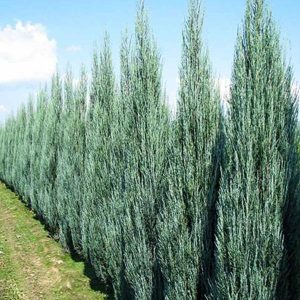
A Blue Arrow Juniper is the ideal choice for your property if you're seeking an evergreen tree species that can grow tall and maintain superb condition with little upkeep. These low-maintenance, simple-to-care-for trees thrive in zones 4 through 9, growing to an average height of 20 feet and a maximum width of 4 feet. They can tolerate cold and hot temperatures throughout the shifting seasons and resist pests and illness.
Fast-Growing Privacy Trees in Indiana
Landowners in Indiana are looking for trees that will offer solitude from nosy neighbors and loud, unpleasant noise as their properties continue to be developed. In Indiana, numerous fast- growing privacy trees will immediately expand after being planted to provide your home and family with much-needed privacy.
One of the most common privacy trees in the US is the Thuja Green Giant, a fast-growing pine that will quickly create a wall between you and your neighbors. The Thuja Green Giant will provide your yard with traditional French design with little work as it grows between 3 and 5 feet yearly. On the other hand, Leyland Cypress and American Holly will likewise brighten and enclose your yard.
1. Climate
Indiana is comfortably located in the humid continental climate, with a few isolated areas in the south straddling the humid subtropical climate boundary. Due to its size, Indiana experiences a wide range of temperatures. Winters in Indiana are chilly, with lows as low as -36°F and heavy to hefty snowfall. The average summer temperature does not exceed 100°F and is warm and humid. Most of the state experiences the high 80s to low 90s temperatures during the summer, with fewer extremes.
2. Soil Type
Most trees need mineral-rich, well-drained soil to develop. Miami soil, which is nutrient-rich and has moderate water content, is the state soil of Indiana. The majority of the state is covered. The soil is a deep fine loam, which is ideal for the growth of wheat, corn, and soybeans. Any prospective tree planter in Indiana can do a quick test to identify their soil type. This can be done regardless of where their property is located.
3. Average Precipitation
Although Indiana typically receives enough precipitation to tolerate the weather, droughts occasionally afflict the state. Rainfall totals 40 inches yearly, with a little more rain falling towards the south along the Ohio River. Snowfall can be significant, with regions in the northwest near Lake Michigan receiving 80 inches and those in the south only receiving low teens. The Great Lakes significantly impact the weather, which frequently leads to an increase in snowfall due to the lake effect, which raises temperature and moisture levels.
4. Irrigation
Low-quality water is a widespread problem in Indiana's urban and suburban communities. Planting trees can mitigate the adverse effects of runoff in urban settings because the trees will store the water and use some pollutants to develop. Runoff in urban areas can be hazardous to the environment's overall health. Irrigation can assist in controlling water flow and, in some situations, lessen the toxicity of soil that is overly salty or chemically rich. Installing a drip or sprinkler system is beneficial for newly planted trees, which require steady and continuous access to water to support good plant growth.
5. Growing Zones
Indiana, the 38th-largest state in the union, has just four distinctive growth zones. A growing zone simply refers to places the USDA has identified as the most likely for particular plants to flourish. The USDA prefers to concentrate on the lowest temperature ranges that a plant can tolerate. Indiana is generally level in height throughout the state, unlike several closely related relatives in size, which might have upwards of ten zones. Plants in the state's northwest can anticipate low temperatures in Zone 5a, where the mercury can fall as low as -20°F. Temperatures rarely fall below -5°F in the deepest reaches of the north near Lake Michigan and the farthest reaches of the south.
Conclusion
You should start planning your landscaping renovations immediately because tree planting season is just around the corner. Planting more trees is a fantastic approach to increasing your property's energy efficiency, snow fencing, wind barriers, outdoor comfort, privacy, and other benefits. Since evergreen trees retain their complete foliation throughout the entire year, they are the ideal species to grow in Indiana. Consider planting some species of evergreen trees that have a propensity for more rapid growth if you want evergreen tree development to occur
quickly.

